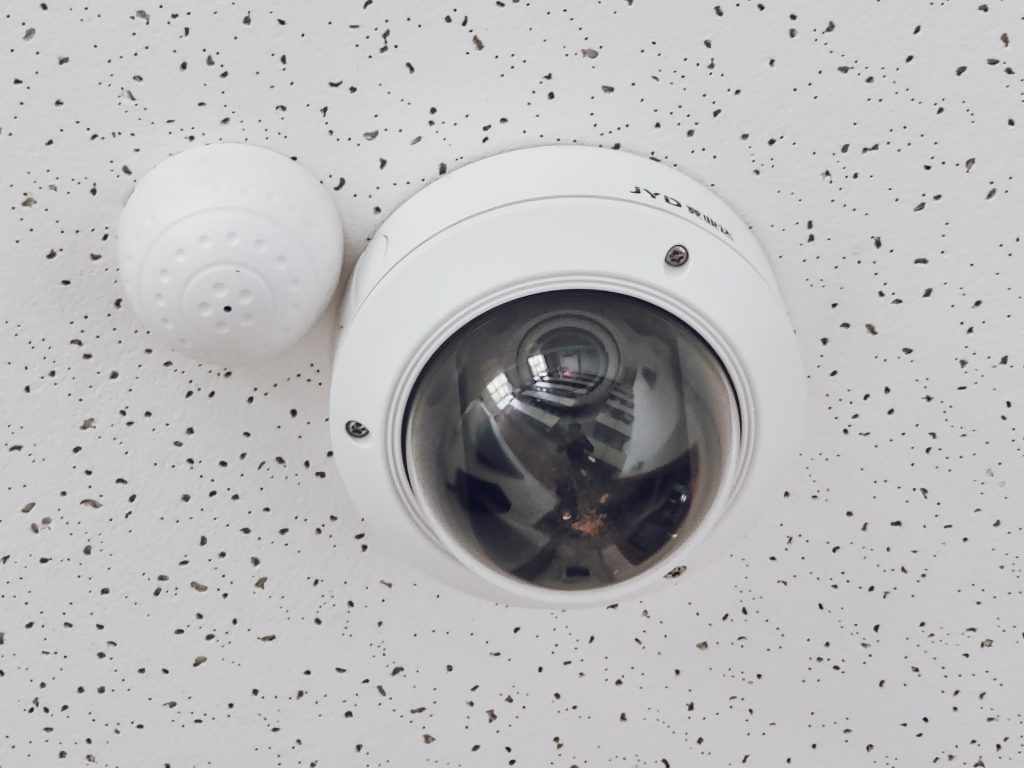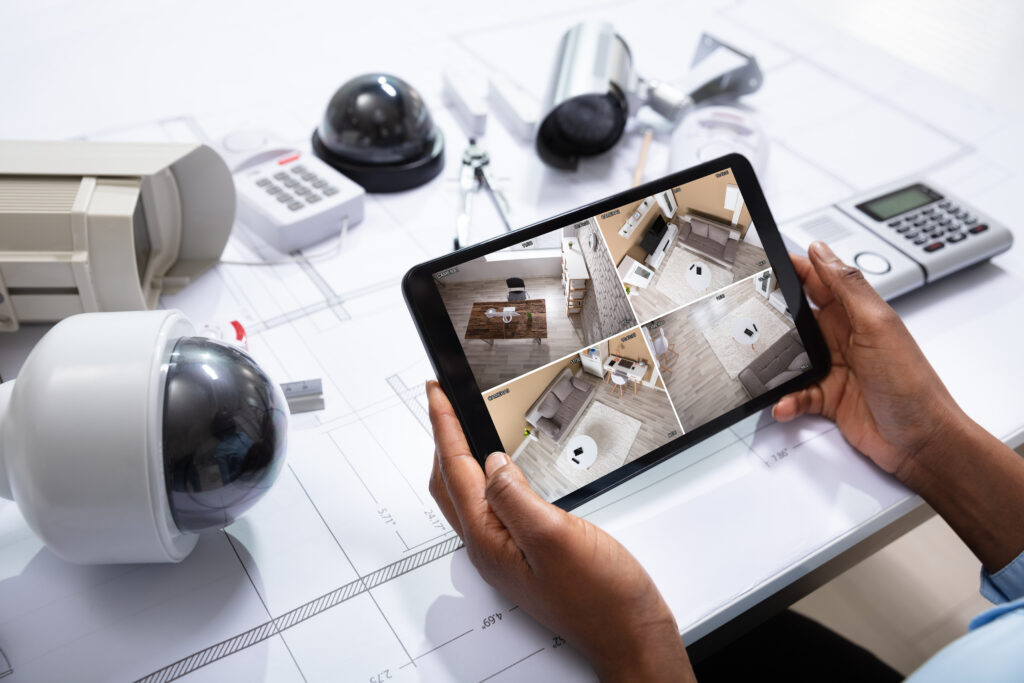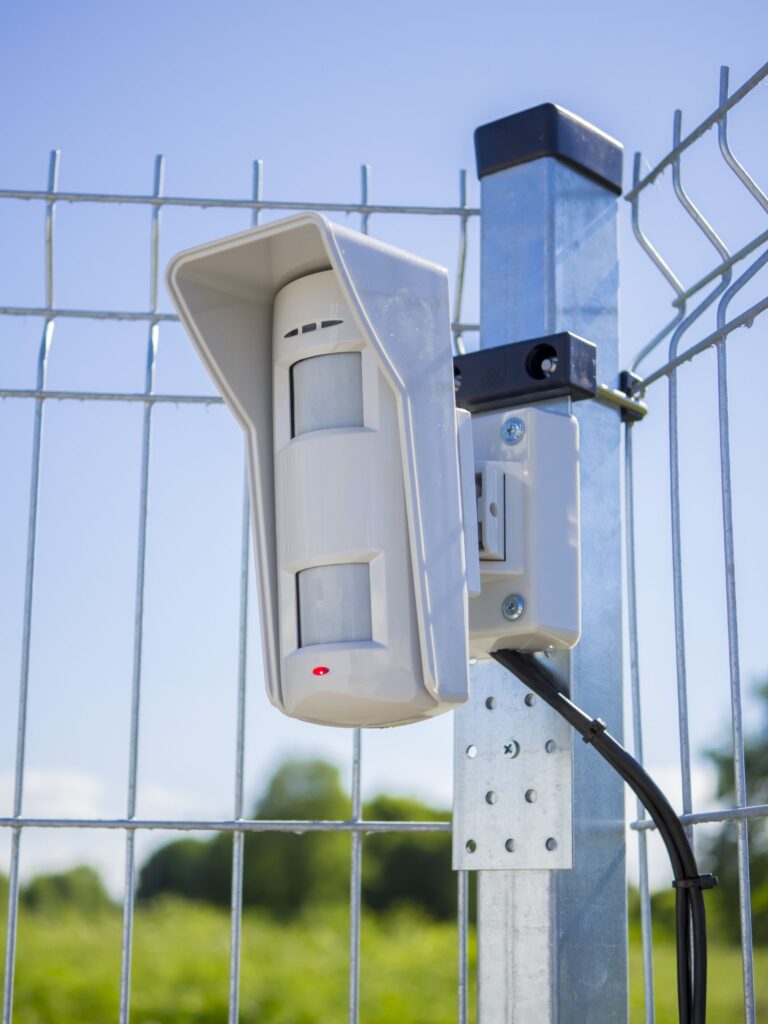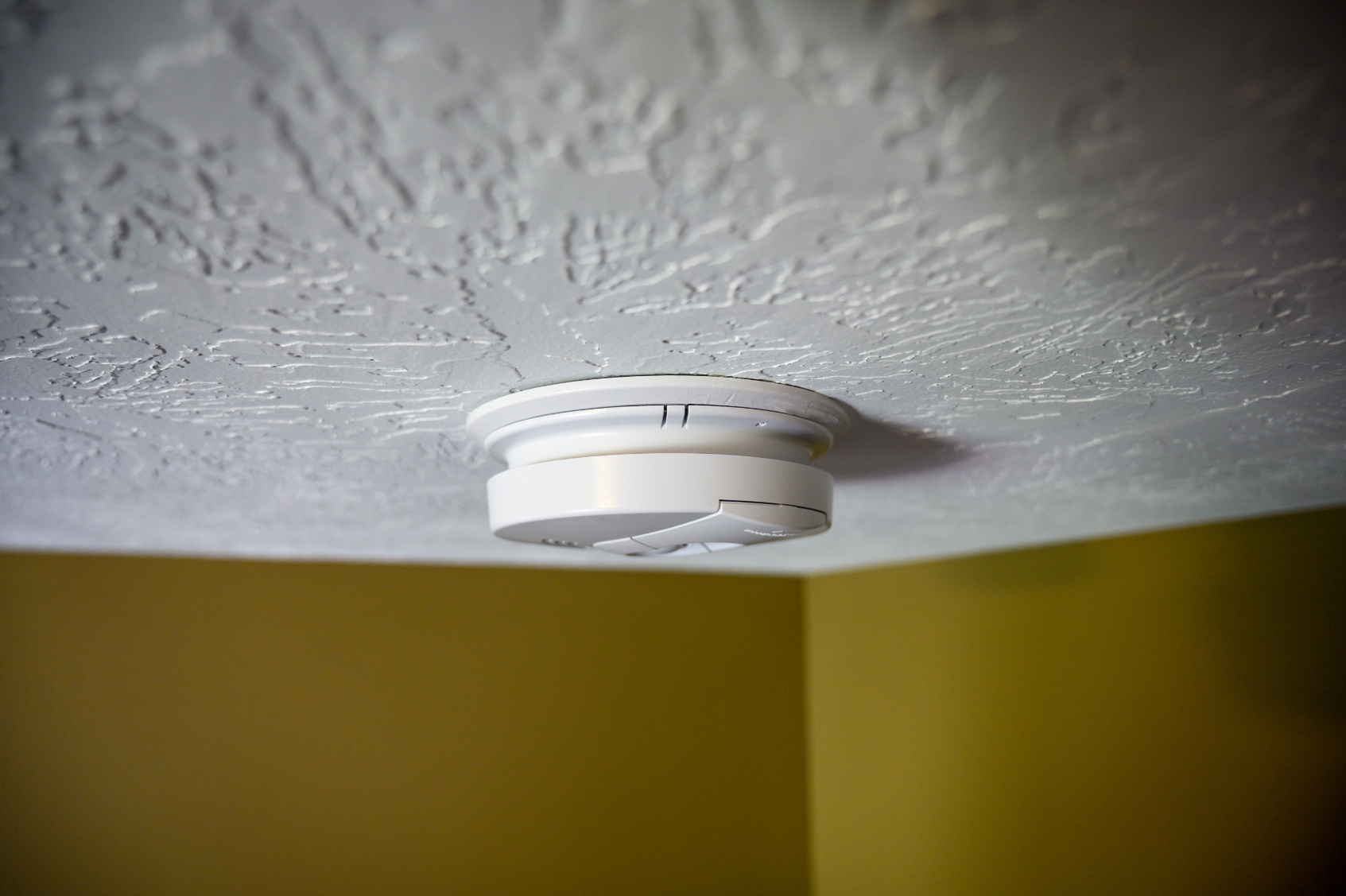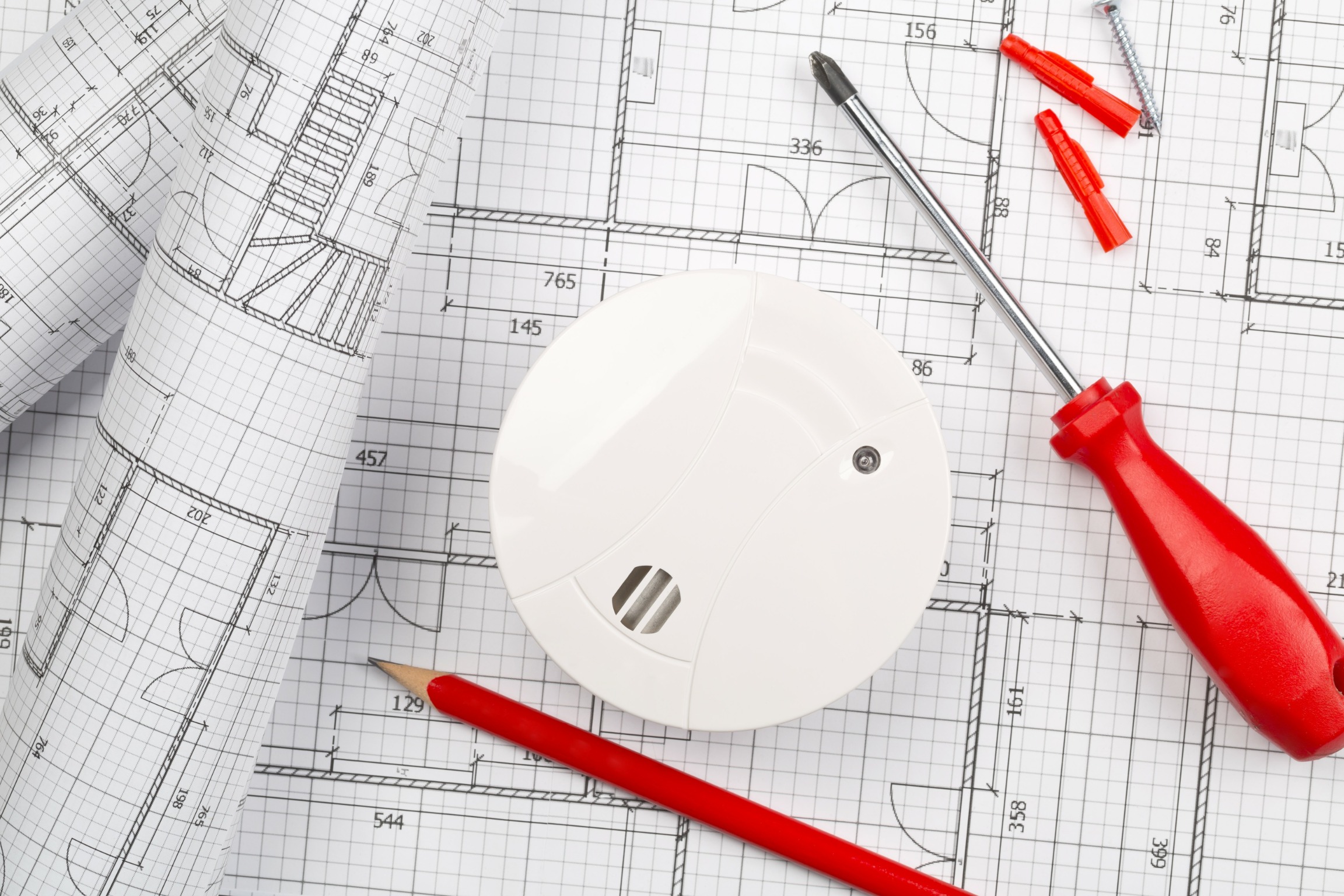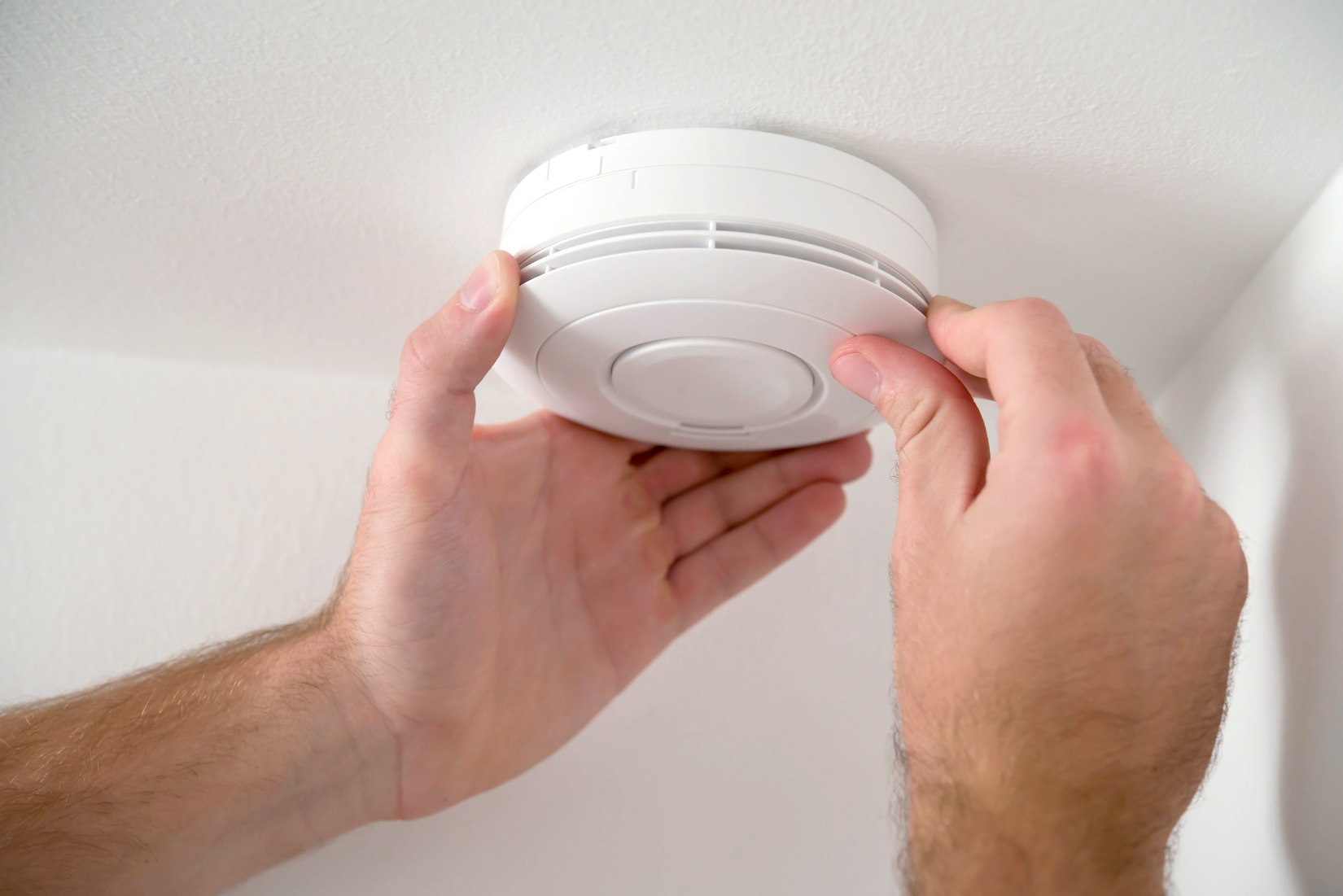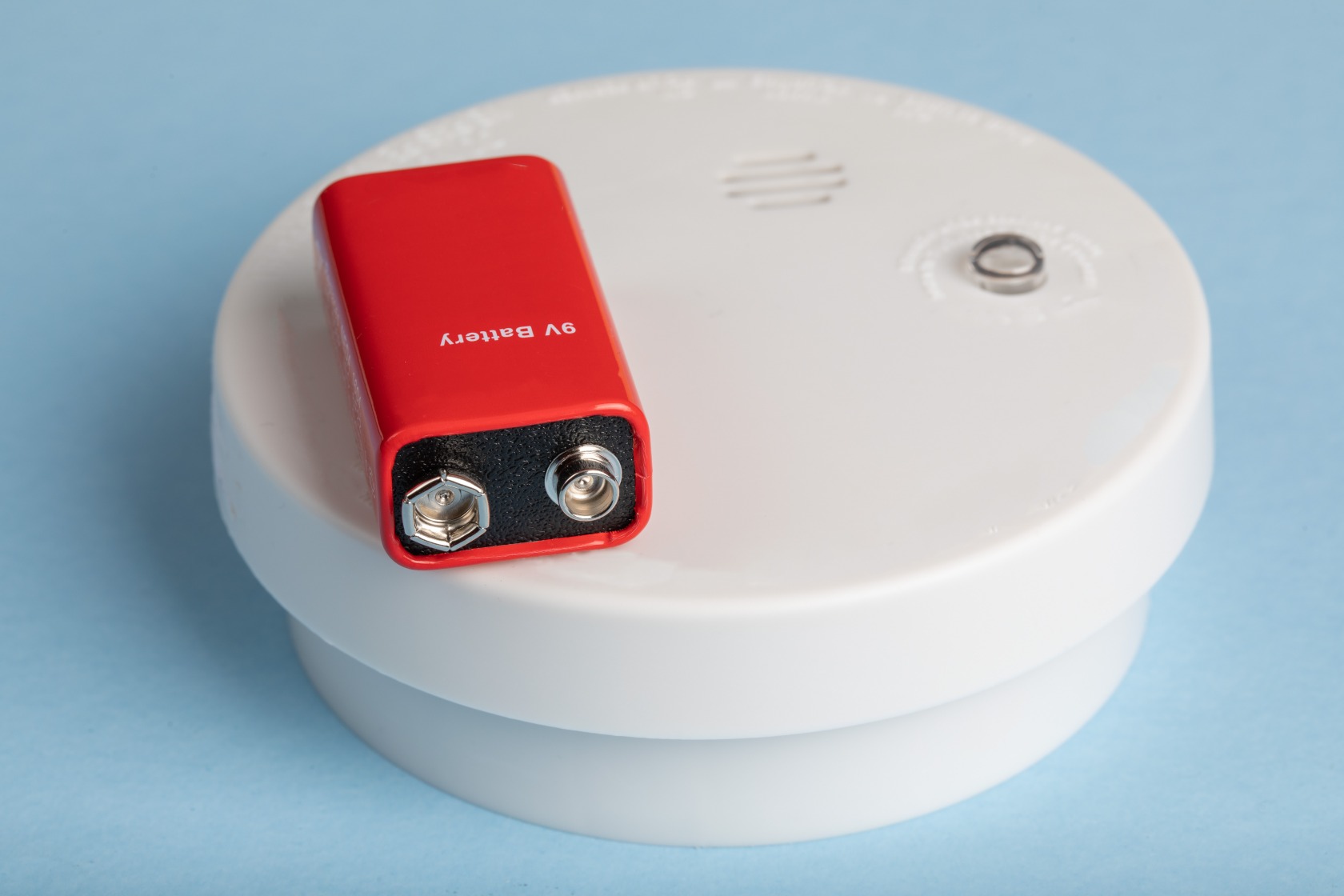What Are Fire Sprinklers
Before discussing how fire sprinklers work, let’s find out what fire sprinklers are.
A fire sprinkler is a critical component of fire protection systems designed to suppress or extinguish building fires. It is an automatic fire suppression device that releases water or other fire-extinguishing agents when it detects heat or flames.
A typical fire sprinkler system consists of a network of pipes filled with pressurized water connected to individual sprinkler heads. Each sprinkler head is equipped with a heat-sensitive element, typically a glass bulb or a fusible link, that holds back the water. When exposed to high temperatures from fire, the heat-sensitive segment ruptures, allowing water to flow from the sprinkler head.
Contrary to popular belief, fire sprinklers do not immediately activate in response to smoke. Each sprinkler head operates independently, and only the sprinkler(s) directly affected by the fire’s heat will discharge water. This targeted activation minimizes water damage and ensures that water is directed where it is required most.
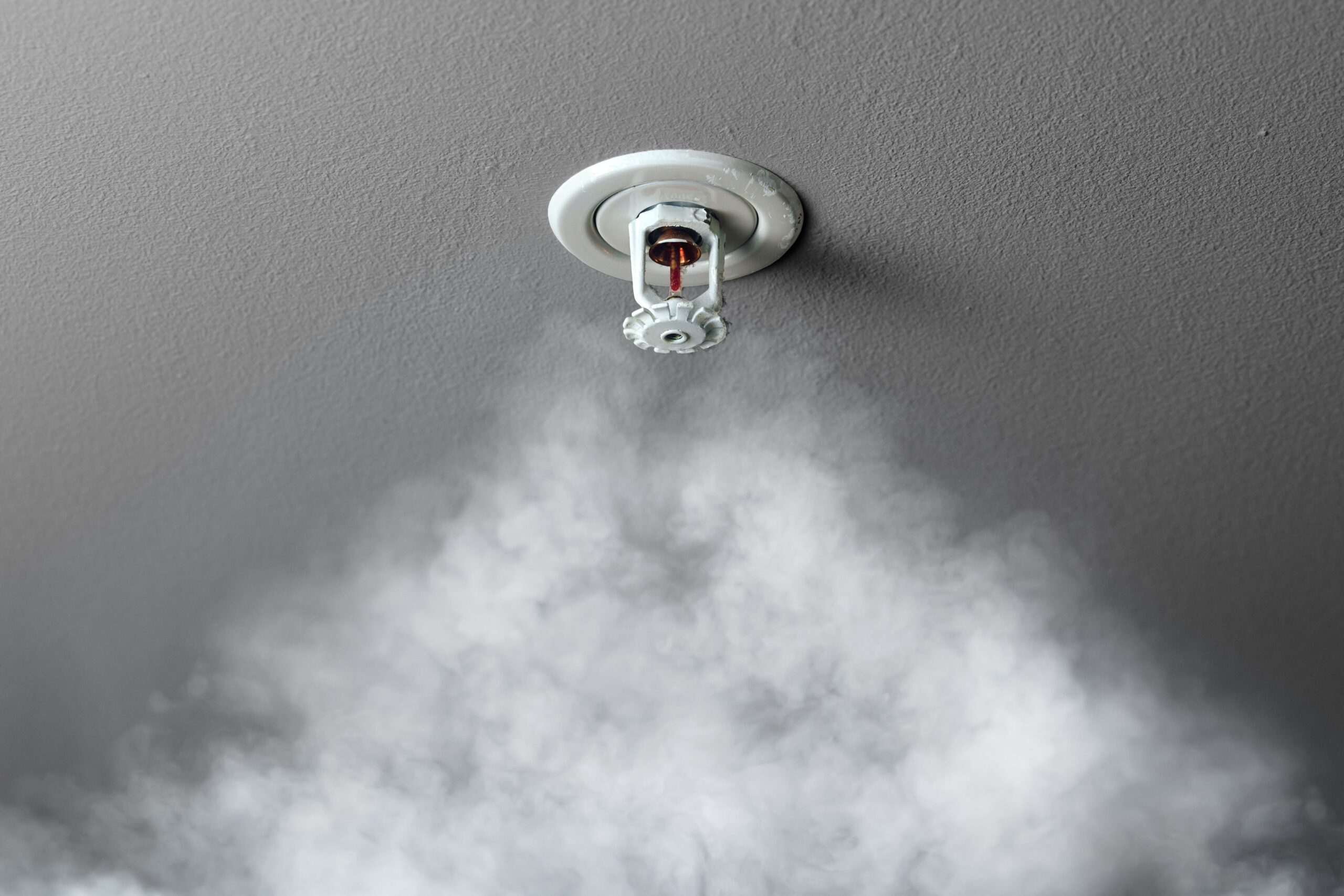
Fire sprinklers provide several benefits for fire safety:
Fire sprinklers can detect and suppress fires quickly, providing an immediate response to limit the spread of flames, heat, and smoke. This rapid response can significantly reduce the potential for property damage and personal injuries.
Fire sprinklers play a vital role in protecting occupants’ lives within a building. They help control the fire, allowing more time for people to evacuate safely. In many cases, sprinklers can fully extinguish or reduce fire intensity, enabling occupants to escape or be rescued.
Fire can cause extensive damage to buildings and their contents. By activating early and suppressing fires, sprinklers help minimize property damage and potentially save valuable assets.
-
Reliability and automatic operation
Fire sprinklers are designed to operate automatically without human intervention. They are highly reliable, as each sprinkler head operates independently, ensuring that only the affected area is targeted while the rest of the building remains protected.
Fire sprinklers use significantly less water than firefighting hoses. By containing and extinguishing fires quickly, sprinkler systems minimize overall water usage and the associated water damage.
-
Integration with fire alarm systems
Fire sprinklers can be integrated with fire alarm systems, enhancing overall fire protection. When smoke detectors or heat sensors detect a fire, they can activate the sprinkler system, further improving the speed and effectiveness of fire suppression.
How Do Fire Sprinklers Work
It is important to remember that fire sprinkler systems require proper design, installation, and maintenance to ensure their reliability and functionality. Compliance with building codes, regulations, regular inspections, and testing are essential for their effective operation.
Fire sprinklers work through a combination of heat activation and water flow to suppress or extinguish fires. Here’s how fire sprinklers typically operate:
1. Detection of heat or fire
Fire sprinklers are equipped with heat-sensitive elements, such as glass bulbs or fusible links, that are designed to react to high temperatures. Each sprinkler head is individually activated by heat, meaning only the sprinklers near the fire will discharge water.
2. Heat triggers the sprinkler
When the heat-sensitive element reaches a specific temperature, it reacts by either breaking the glass bulb or melting the fusible link. This action releases a plunger or valve mechanism within the sprinkler head.
3. Water flow
Once the sprinkler head is triggered, it opens a valve, allowing water to flow from the pressurized water supply system into the sprinkler system’s piping network. The water is delivered to the affected area through the activated sprinkler head.
4. Sprinkler operation
The water is expelled from the sprinkler head in a specific pattern, typically a spray or a stream. The water’s flow and pattern are designed to effectively suppress or extinguish the fire, cool the surrounding area, and inhibit the fire from spreading.
5. Limited activation
It’s important to note that only the sprinkler(s) closest to the fire will activate. Contrary to common misconceptions, fire sprinklers do not all activate simultaneously unless the fire has spread to multiple areas. This targeted activation helps minimize water damage and ensures that water is directed where it is needed most.
6. Occupant notification
In many cases, fire sprinklers are accompanied by fire alarm systems. When a sprinkler activates, it may also trigger the building’s fire alarm system, alerting occupants to evacuate safely.
7. Water supply and shutoff
Fire sprinkler systems require a reliable water supply, which is typically provided by a dedicated water storage tank or a connection to the local water supply. After the fire is extinguished, the water supply can be manually shut off or automatically controlled through the system’s valves.
Fire sprinkler systems are designed to provide early fire suppression, allowing occupants more time to evacuate and limiting the spread of fire, smoke, and heat. They are a crucial component of fire protection systems and can significantly reduce property damage and save lives in the event of fires. Regular inspection, maintenance, and compliance with fire safety codes are essential to ensure the proper functioning of fire sprinkler systems.
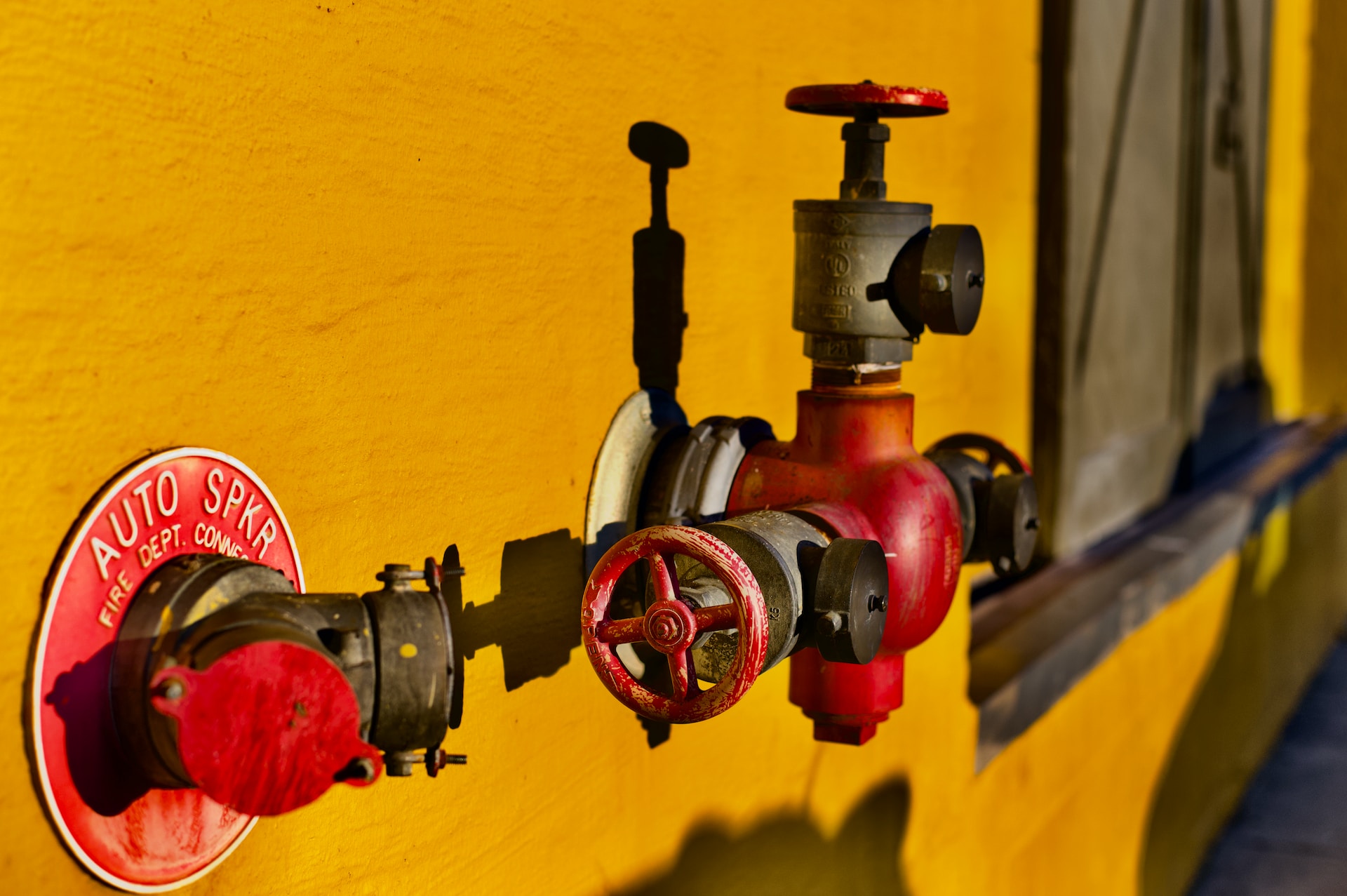
Types of Fire Sprinklers
There are several types of fire sprinklers available, each works for specific applications and fire hazards. The following are some prevalent types of fire sprinklers:
-
Standard/Conventional Sprinklers
These are the most common type of fire sprinklers and are widely used in commercial and residential buildings. They feature a heat-sensitive element, typically a glass bulb containing a heat-responsive liquid. The glass bulb shatters when the surrounding temperature exceeds a certain threshold, allowing water to flow and suppress the fire.
-
Quick Response Sprinklers
Quick response sprinklers work similarly to standard fire sprinklers but have a faster response time. They have a smaller glass bulb or a specialized heat-sensitive element that activates at lower temperatures. Quick response sprinklers are often used in areas where rapid fire suppression is crucial, such as residential occupancies, healthcare facilities, and high-rise buildings.
-
Extended Coverage Sprinklers
Extended coverage sprinklers are designed to cover larger areas with a single sprinkler head. They have a higher discharge rate and a wider spray pattern, enabling them to protect a larger space. These sprinklers are commonly used in open areas, such as warehouses, where a single sprinkler head can provide coverage over a greater distance.
Pre-action sprinklers combine elements of both fire detection systems and fire sprinklers. These sprinklers are used in areas where water damage needs to be minimized, such as data centers, museums, or libraries. Before water is released, pre-action sprinklers require a separate fire detection system, such as smoke or heat detectors, to activate. Once the fire is detected, the sprinkler system is triggered, and water flows into the piping network.
Dry pipe sprinklers are designed for environments where freezing temperatures are a concern. Instead of constantly having water in the piping network, the pipes are filled with pressurized air or nitrogen. When a sprinkler is activated due to heat, the air pressure drops, allowing the dry pipe valve to open and water to flow. Dry pipe sprinklers are commonly used in unheated spaces like parking garages, warehouses, or buildings located in cold climates.
Deluge sprinklers are typically used in high-hazard areas where rapid fire suppression is required, such as chemical storage facilities or power plants. Unlike standard sprinklers, deluge sprinklers do not have heat-sensitive elements. Instead, they are always open and connected to a water supply. When a fire is detected, a separate fire detection system triggers the deluge valve, simultaneously releasing a large volume of water from all the sprinkler heads in the area.
It’s important to note that fire sprinkler types and their suitability for specific applications may vary based on local fire codes and regulations. Consulting with a fire protection professional or authority having jurisdiction (AHJ) is recommended to determine the appropriate sprinkler system design for your specific needs and compliance requirements.
Benefits of Using Fire Sprinklers
Using fire sprinklers as part of a fire protection system offers several benefits. Here are some advantages of using fire sprinklers:
-
Fire suppression effectiveness
Fire sprinklers are highly effective in suppressing and extinguishing fires. They can control a fire at its early stages, preventing it from spreading and causing significant damage. Studies have shown that buildings with functioning sprinkler systems experience significantly lower fire-related fatalities, injuries, and property loss compared to buildings without sprinklers.
The primary goal of fire sprinklers is to protect human life. Sprinklers provide an immediate response to a fire, reducing the heat, smoke, and toxic gases that pose significant risks to occupants. By controlling or extinguishing the fire, sprinklers buy valuable time for people to evacuate safely and for emergency responders to arrive.
Fire can cause extensive damage to buildings, equipment, and valuable assets. Fire sprinklers can significantly reduce property damage by quickly suppressing or extinguishing fires, limiting their spread, and minimizing the overall impact. It can result in considerable cost savings by reducing repair, reconstruction, and replacement expenses.
-
Early warning and activation
Fire sprinklers operate automatically, independent of human intervention. Each sprinkler head is individually activated by heat, meaning only the sprinklers closest to the fire will discharge water. This early warning and activation provide a rapid response to a fire, even if no one is present at the time, enhancing fire safety.
-
Reduce fire growth and heat release
Sprinklers are designed to cool the fire, lowering the temperature and reducing the heat release rate. It helps prevent the fire from reaching its full potential, limiting the size and intensity of the blaze. By controlling the fire’s growth, sprinklers create a safer environment for occupants and emergency responders.
Contrary to common perception, fire sprinklers use significantly less water than firefighting hoses. Sprinklers discharge water directly at the source of the fire, targeting the specific area in need of suppression. This targeted approach minimizes water usage, reduces water damage to the surrounding areas, and ensures effective fire control with minimal waste.
Many insurance companies recognize the effectiveness of fire sprinkler systems in reducing fire-related risks. As a result, installing a fire sprinkler system may lead to reduced insurance premiums for property owners. It is advisable to consult with insurance providers to understand the potential cost savings associated with having sprinklers in place.
Fire sprinklers are a reliable and proven fire protection measure. They provide a rapid response, enhance life safety, and significantly reduce property damage. The combination of early fire suppression, reduced fire growth, and water conservation make fire sprinklers a valuable investment for both residential and commercial properties.
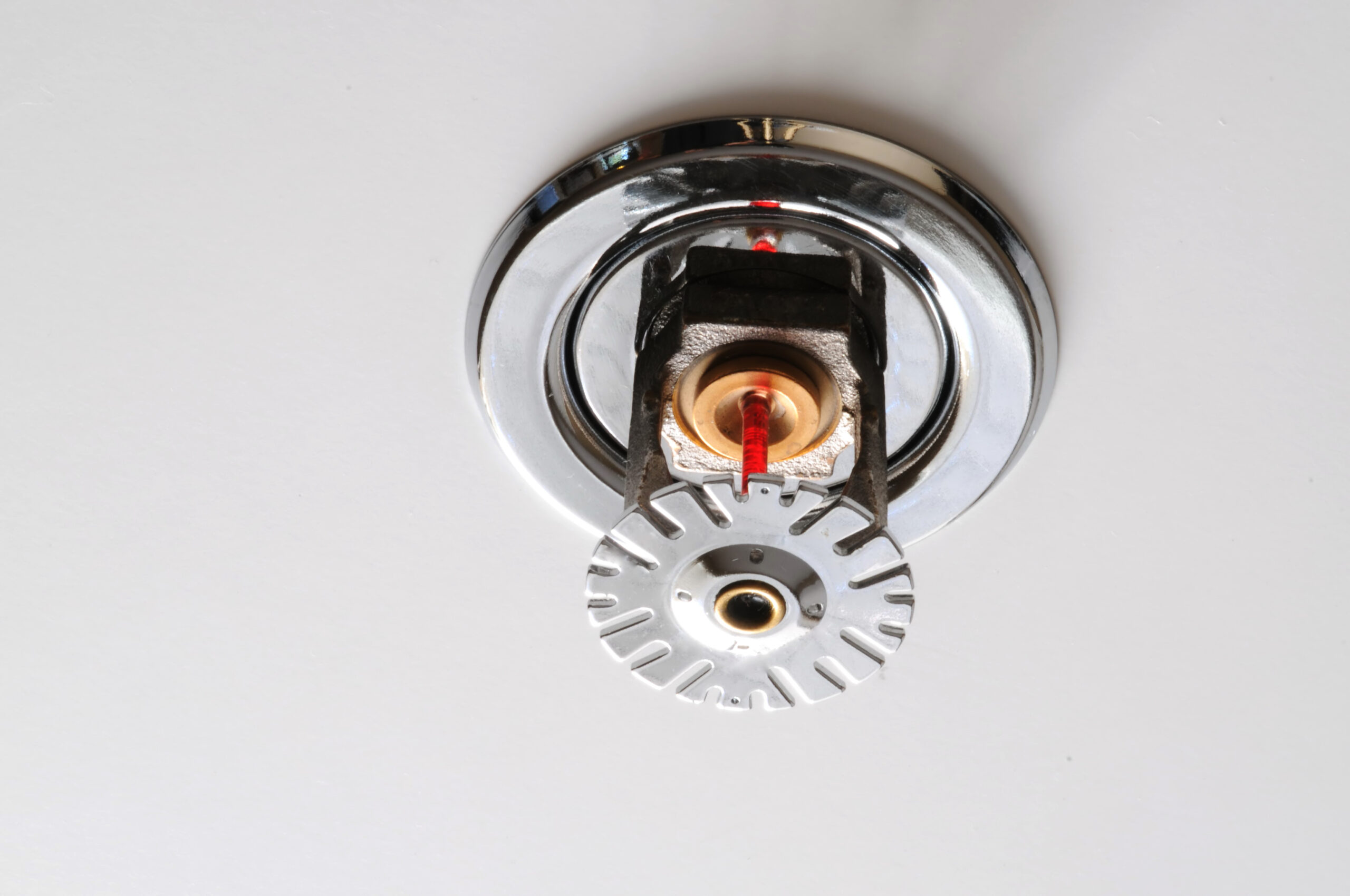
Risk of Using Fire Sprinklers
While fire sprinklers work to provide numerous benefits, it’s essential to consider the potential risks connected with their use. Here are some risks that may be related to fire sprinkler systems:
When a fire sprinkler system activates, it releases water to suppress the fire. While this water is essential for fire control, it can also create water damage to the building and its contents. If not properly contained or if there are delays in addressing the water flow, it can result in significant damage to property, including furnishings, electronics, and structural components.
Although rare, there is a possibility of accidental activation of fire sprinklers due to factors such as mechanical failure, freezing, or accidental impact. Accidental activation can cause unnecessary water damage, interruption of business operations, or inconvenience to occupants. Regular inspections, maintenance, and adherence to installation standards can help minimize this risk.
-
System malfunction or failure
Fire sprinkler systems are complex mechanical systems requiring regular maintenance and inspection to ensure proper operation. Malfunctions or failures of components such as valves, pipes, or sprinkler heads can occur, compromising the system’s effectiveness. Regular inspections and maintenance by qualified professionals are crucial to identify and rectify any system deficiencies.
Improper design, installation work, or maintenance of fire sprinkler systems can result in inadequate coverage. It means that certain building areas may not have sufficient sprinkler protection, potentially leaving those areas more vulnerable to fire damage. It is essential to work with experienced fire protection professionals to ensure proper sprinkler system design, installation, and coverage.
In certain situations, fire sprinklers may be activated by factors other than fire, such as high humidity, dust, or accidental damage to the sprinkler head. These false activations can result in unnecessary water release and potential property damage. Regular inspections and maintenance should help identify and address possible causes of false activations.
-
Design and installation errors
Improper design or installation of fire sprinkler systems can compromise their effectiveness. Inaccurate hydraulic calculations, incorrect pipe sizing, or improper placement of sprinkler heads can lead to inadequate fire suppression capabilities. Working with qualified fire protection engineers and installers is crucial to ensure proper design and installation.
While these risks exist, it is essential to note that fire sprinkler systems are proven to be highly effective in preventing the loss of life and reducing property damage in the event of a fire. You can minimize the risks associated with fire sprinklers through proper design, regular maintenance work, inspections, and adherence to relevant codes and standards. Consulting with fire protection system professionals and following best practices can help mitigate these risks and ensure the reliable operation of fire sprinkler systems.
Fire Sprinklers Work Excellently for Fire Safety
In conclusion, fire sprinklers are an integral part of fire protection systems, offering an effective means of fire suppression and protection. They operate through a combination of heat detection and water flow. When a fire occurs, the heat-sensitive elements in the sprinkler heads respond to the elevated temperatures, causing them to activate individually.
Once activated, the sprinkler heads release pressurized water from the piping network directly onto the fire. The water flow helps control and extinguish the flames while also reducing heat and limiting the spread of smoke and toxic gases. It’s important to note that only the sprinkler(s) closest to the fire are activated, minimizing water damage to the surrounding areas.
Fire sprinklers provide several benefits, including early fire suppression, life safety, property protection, reliability, and reduced water usage. They are designed to respond automatically and quickly, providing a proactive approach to fire safety. However, it’s crucial to properly design, install, and maintain fire sprinkler systems to ensure their reliability and effectiveness.
While there are risks associated with fire sprinklers, such as water damage or potential system malfunctions, you can mitigate these risks through regular inspections, maintenance work, and adherence to installation standards. Overall, fire sprinklers play a crucial role in safeguarding lives and property by providing a prompt and targeted response to fires, helping to minimize the impact of fire incidents.
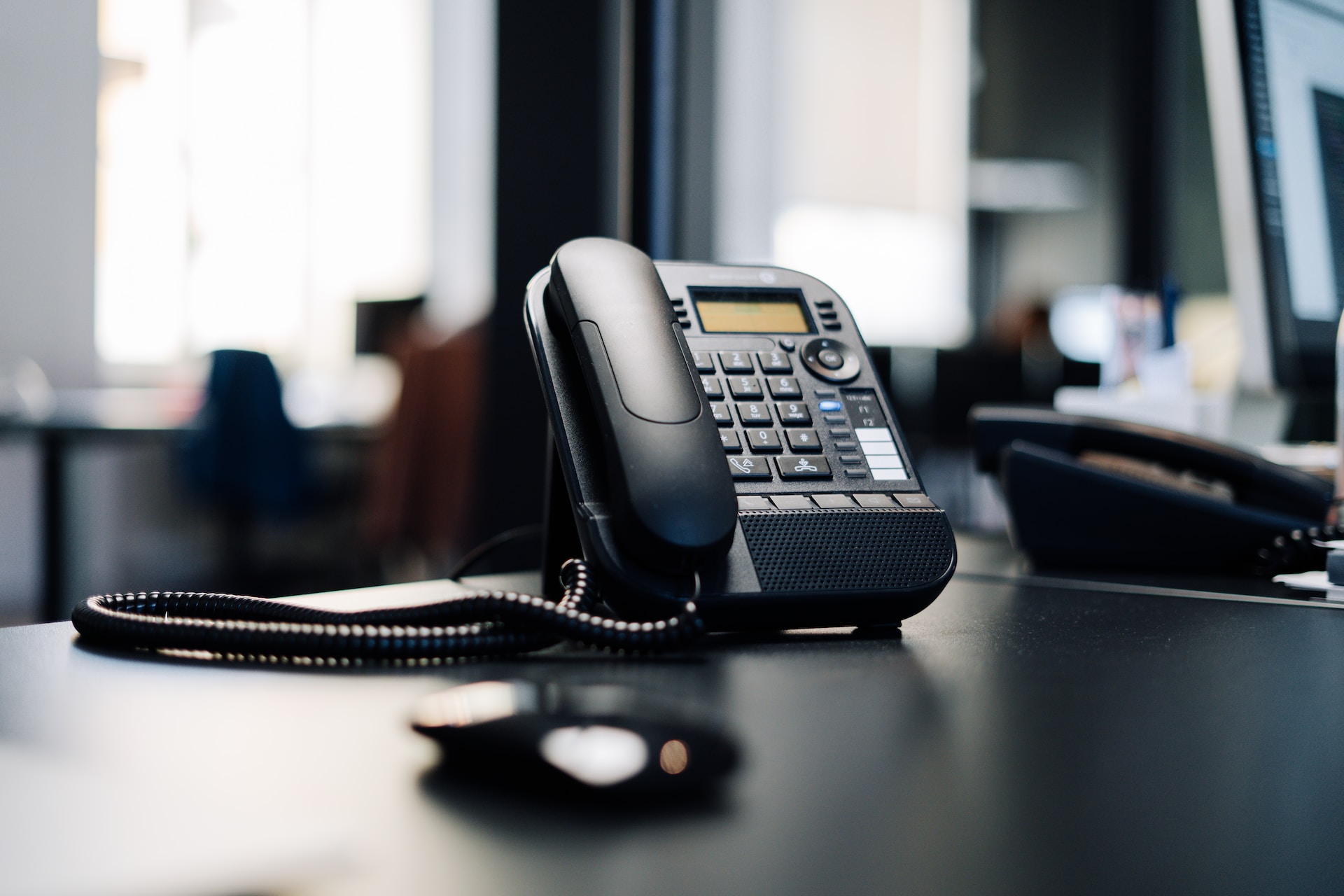



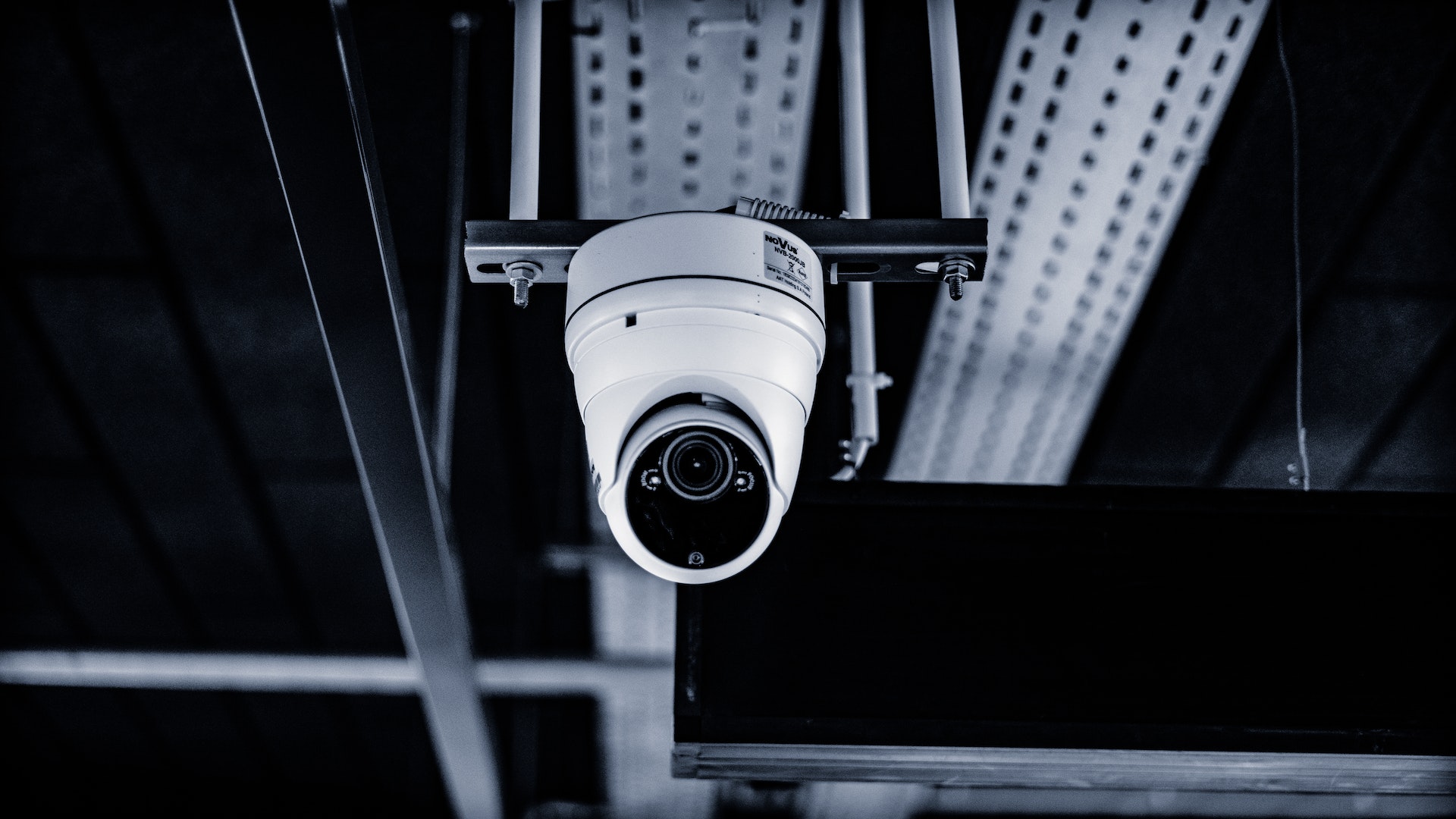
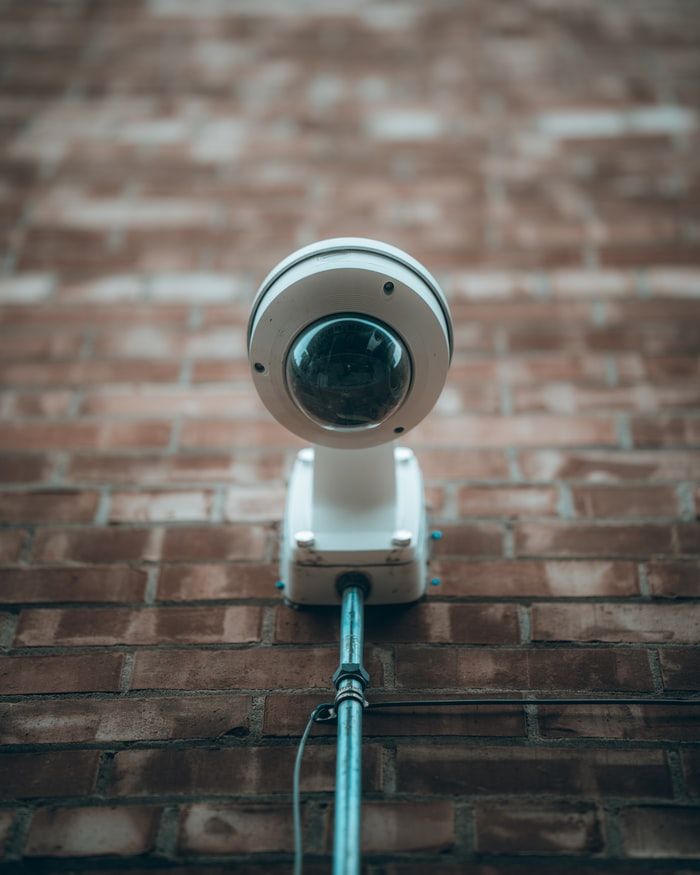 Knowing the legal implications of using security cameras that record sound is crucial because doing so can be helpful. However, it is also important to avoid breaking any laws. In many neighborhoods and areas, it is against the law to record sound without first obtaining consent. It is due to the fact that violating the privacy rights of the people whose conversations or other audio are being recorded by recording those conversations or other audio without their consent. It is imperative that you do examine the laws governing the recording of sound in your jurisdiction before using a security camera to record sound. It’s because the laws governing the recording of sound differ depending on the country and state.
Knowing the legal implications of using security cameras that record sound is crucial because doing so can be helpful. However, it is also important to avoid breaking any laws. In many neighborhoods and areas, it is against the law to record sound without first obtaining consent. It is due to the fact that violating the privacy rights of the people whose conversations or other audio are being recorded by recording those conversations or other audio without their consent. It is imperative that you do examine the laws governing the recording of sound in your jurisdiction before using a security camera to record sound. It’s because the laws governing the recording of sound differ depending on the country and state.


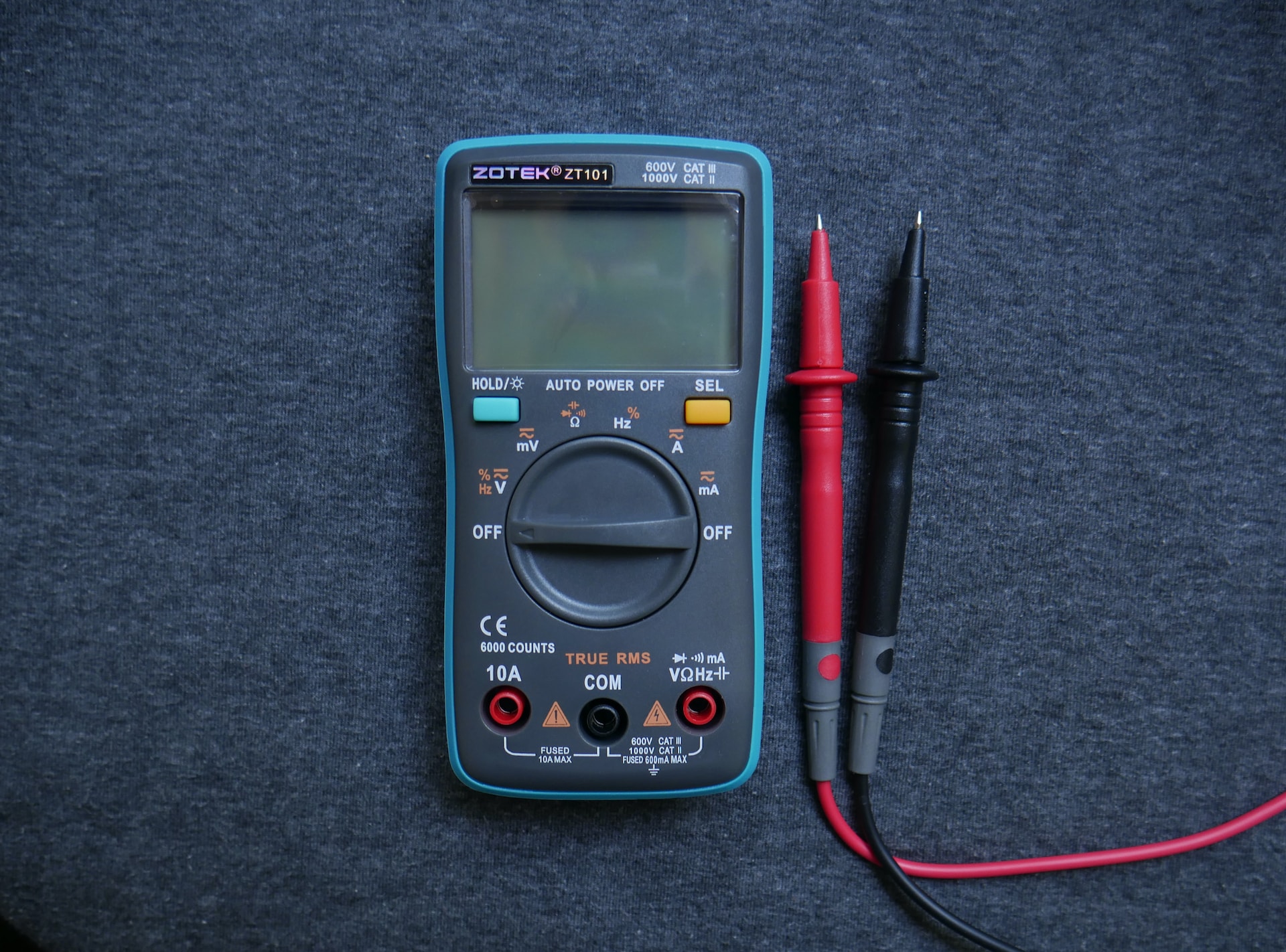
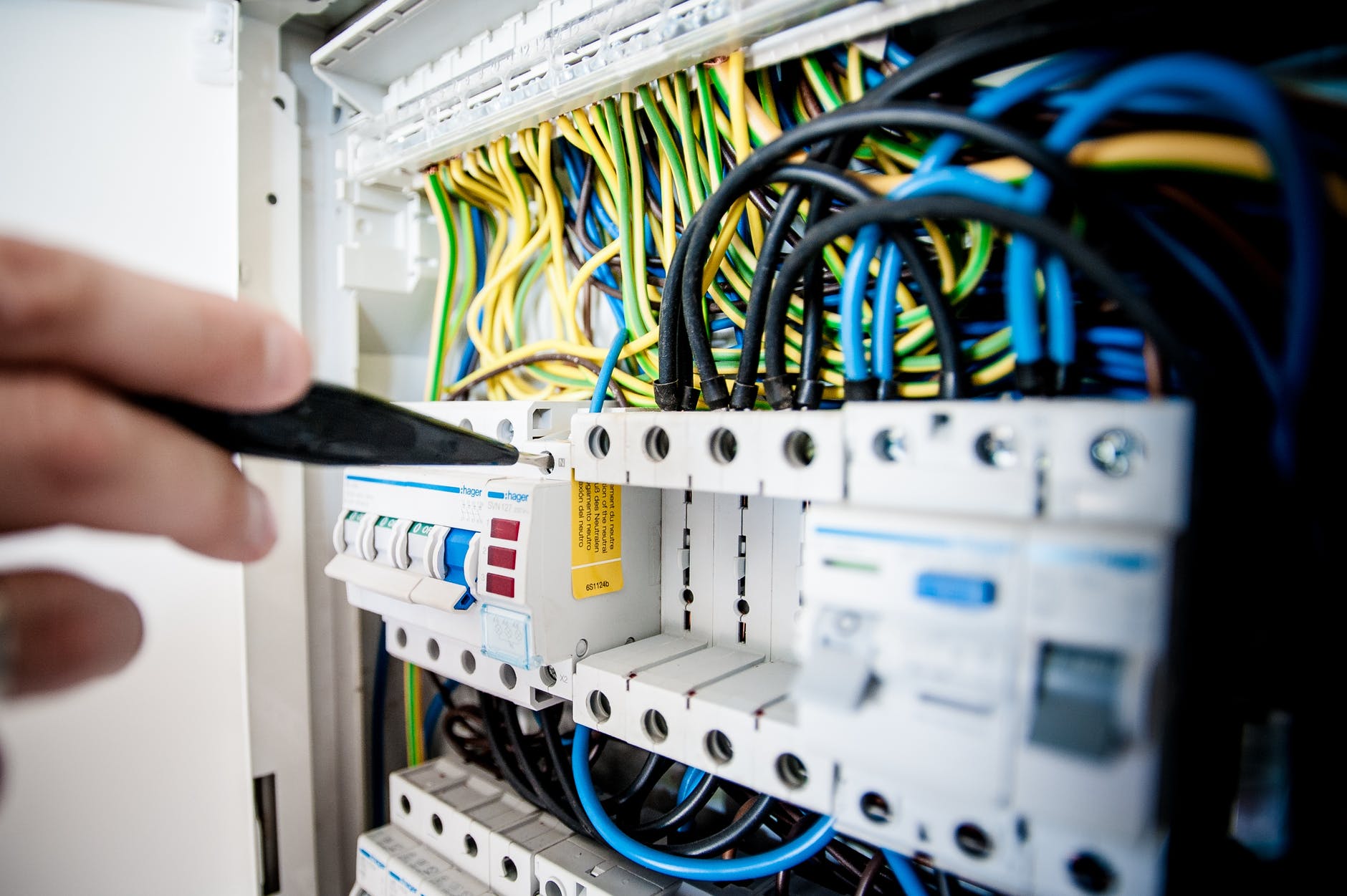 Make sure that the connections are tight so that you can be sure that electricity is moving from the power source into the wires.
Make sure that the connections are tight so that you can be sure that electricity is moving from the power source into the wires.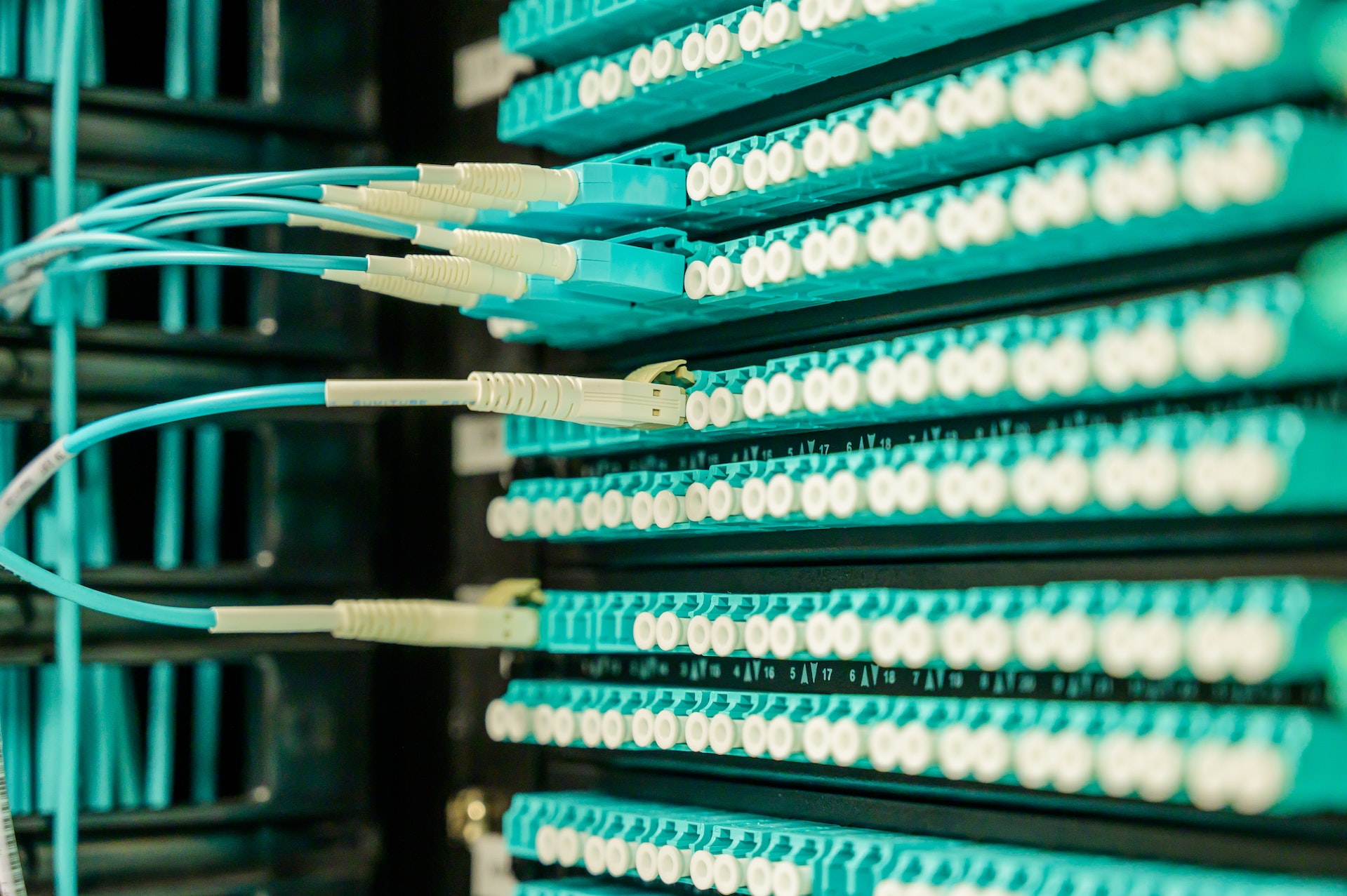
 Since their invention in the 1950s, low voltage lighting systems have primarily been used to illuminate outdoor spaces, as well as in some recessed and cabinetry lighting applications. Because of the functionality and cost of LED lighting, it’s now a viable option for significantly greater variety of lighting applications.
Since their invention in the 1950s, low voltage lighting systems have primarily been used to illuminate outdoor spaces, as well as in some recessed and cabinetry lighting applications. Because of the functionality and cost of LED lighting, it’s now a viable option for significantly greater variety of lighting applications.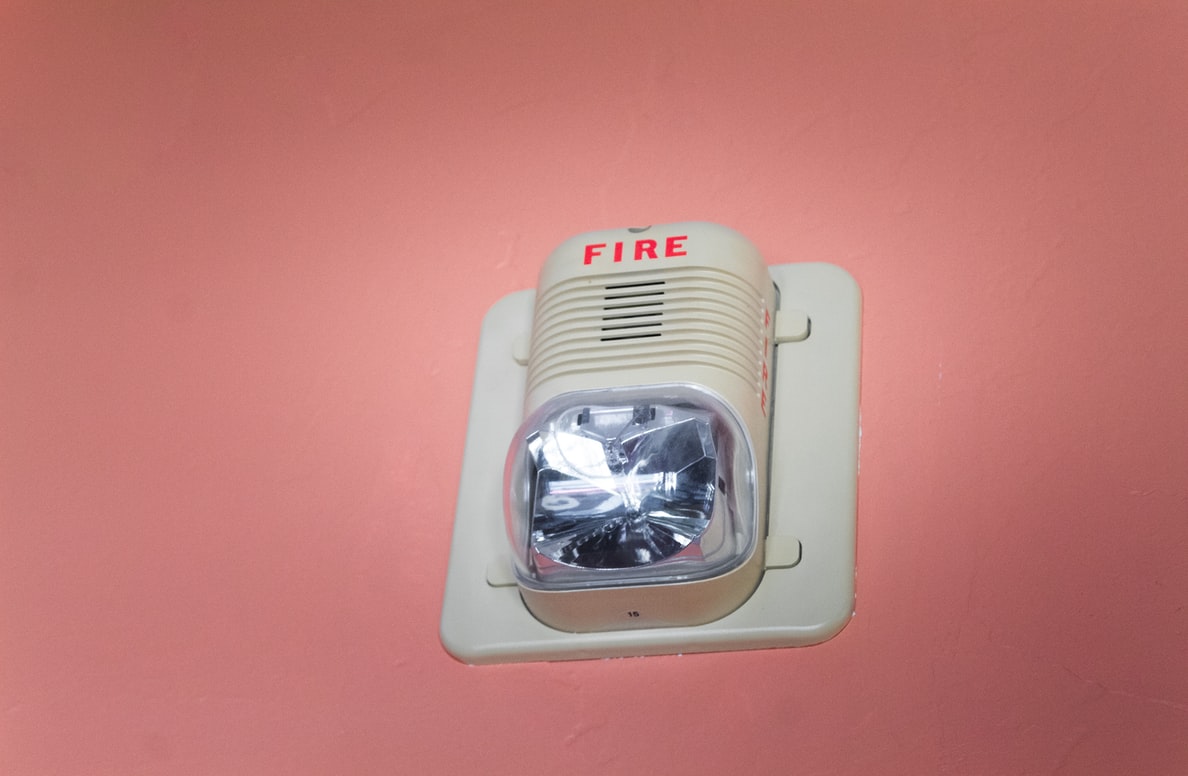 This is also the case with emergency lighting, which the Life Safety Code requires, the National Electric Code, and the International Building Code to illuminate the path of egress in commercial and public spaces. The International Building Code also requires that emergency lighting be installed. These institutions determine the minimum level of illumination that is necessary for crisis situations. LED fixtures are advantageous for use in the provision of emergency lighting due to their low wattage and long lifespan. They can operate using alternative power sources, such as an integral auxiliary battery pack or a remote-mounted unit inverter.
This is also the case with emergency lighting, which the Life Safety Code requires, the National Electric Code, and the International Building Code to illuminate the path of egress in commercial and public spaces. The International Building Code also requires that emergency lighting be installed. These institutions determine the minimum level of illumination that is necessary for crisis situations. LED fixtures are advantageous for use in the provision of emergency lighting due to their low wattage and long lifespan. They can operate using alternative power sources, such as an integral auxiliary battery pack or a remote-mounted unit inverter.